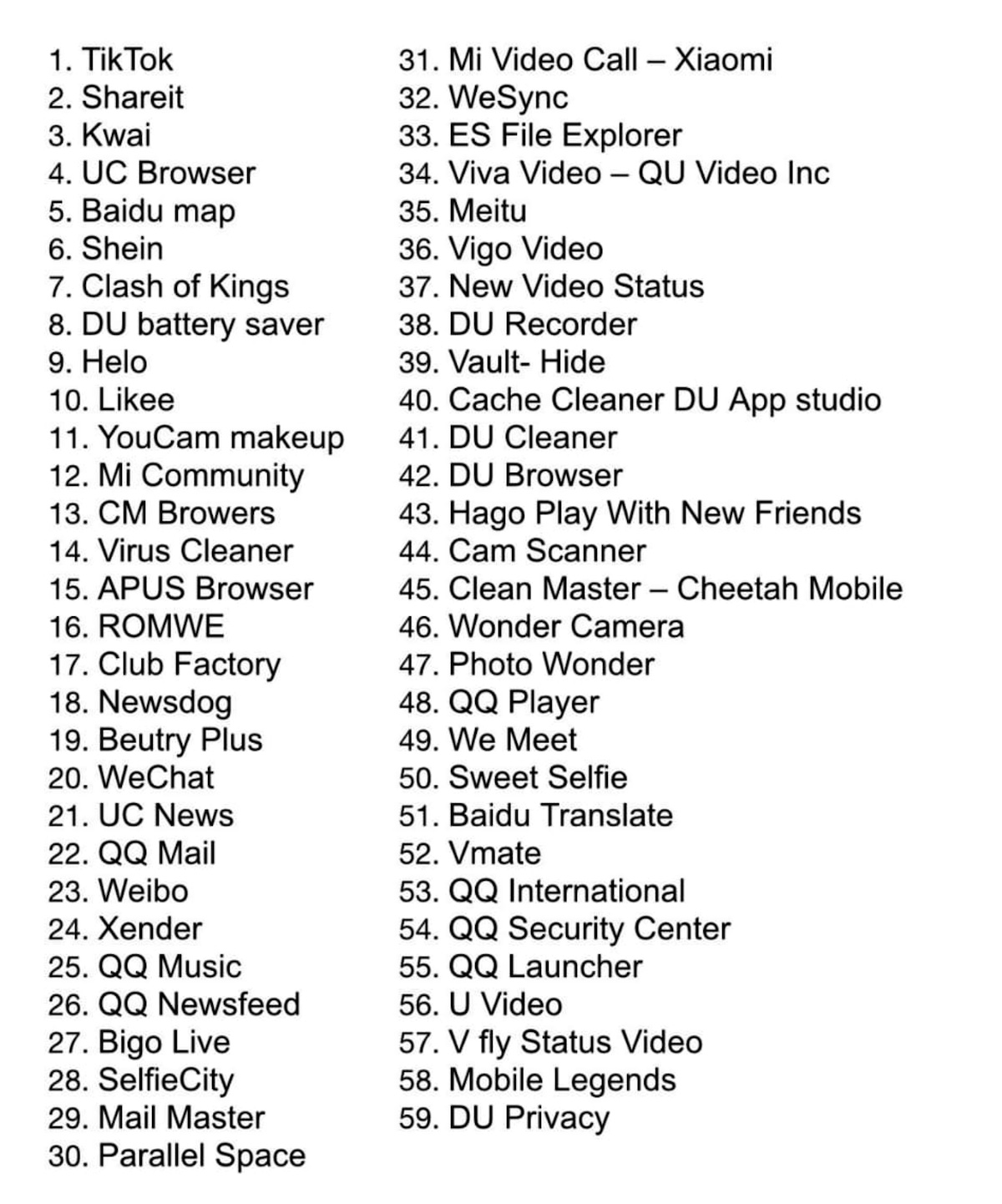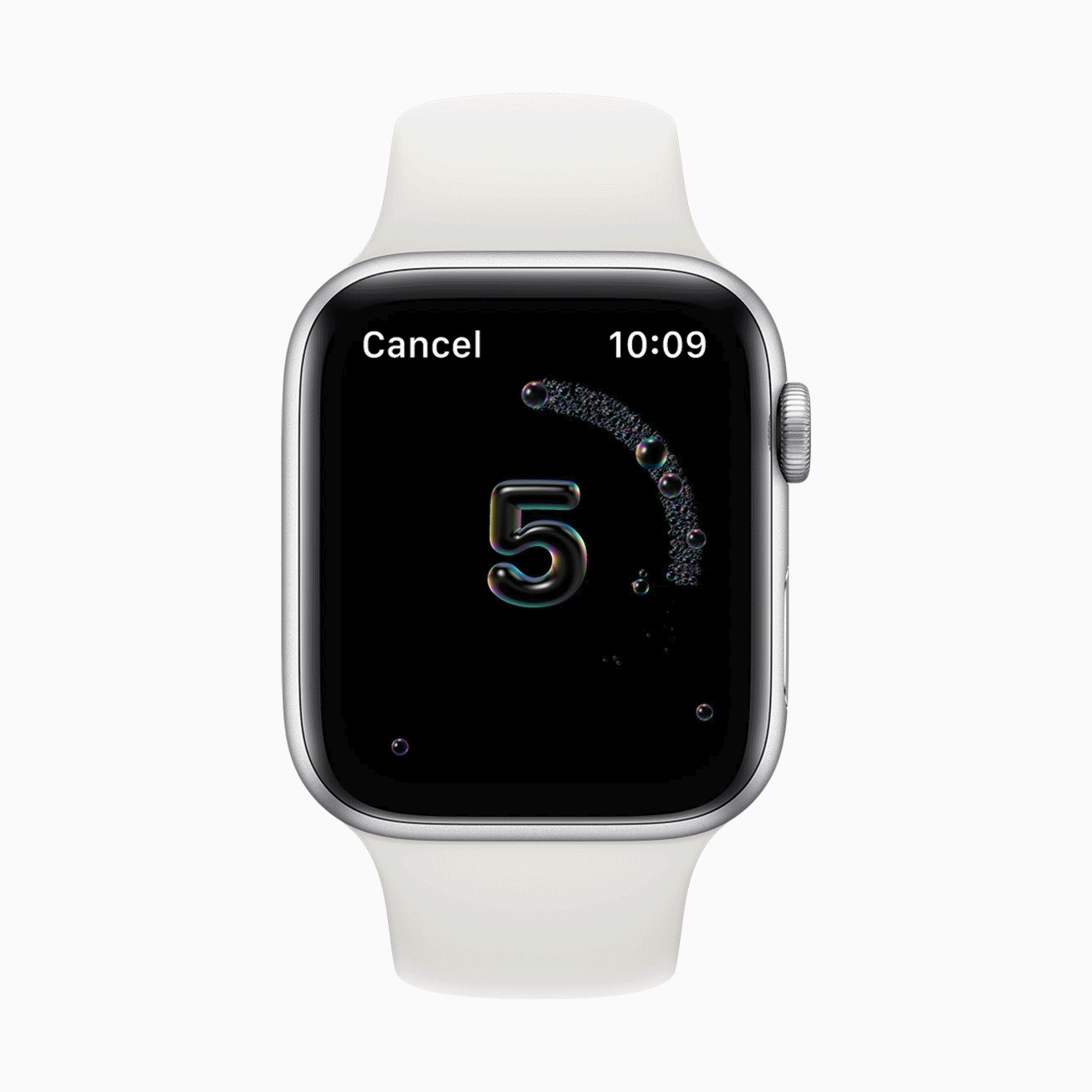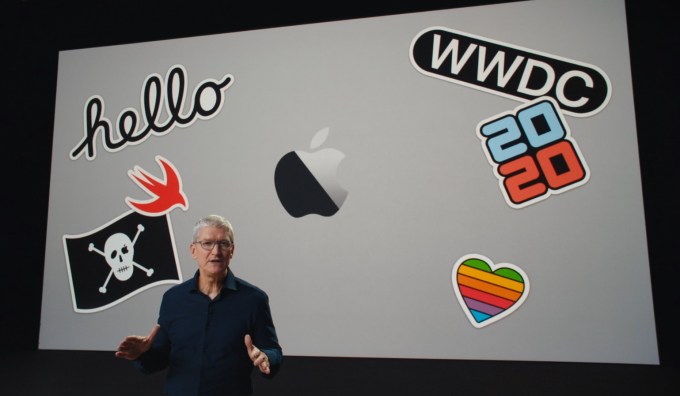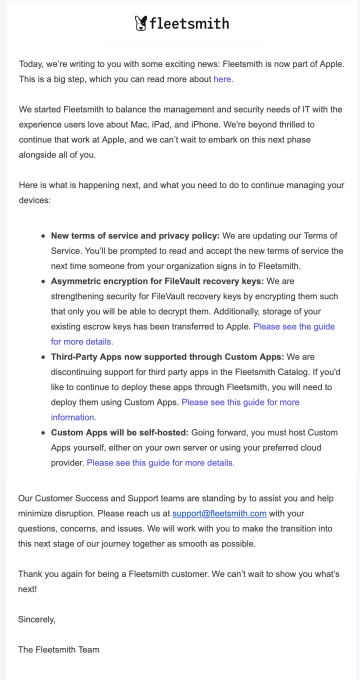Connecting audio interfaces to the various mobile and computing devices we use these days can be a confusing headache. The iRig Pro Duo, which IK Multimedia announced this year at CES and recently released, is a great way to simplify those connections while giving you all the flexibility you need to record high-quality audio anywhere, with any device.
The basics
The iRig Pro Duo is a new addition to IK’s lineup based on the original iRig Pro, which adds a second XLR input, as the name implies. It’s still quite small and portable, fitting roughly in your hand, with built-in power optionally supplied via two AA batteries, while you can also power it via USB connection, or with an optional dedicated plug-in power adapter accessory.
Compared to desktop devices like the Scarlett Focusrite 2i2 USB audio interface that’s a popular standard among home audio enthusiasts, the iRig Pro Duo is downright tiny. It’s still beefier than the iRig Pro, of course, but it’s a perfect addition to a mobile podcaster’s kit for ultimately portability while also maintaining all the features and capabilities you need.
The iRig Pro Duo also includes balanced L/R 1/4″ output, built-in 48v phantom power for passive Macs, a 3.5mm stereo jack for direct monitoring, 2x MIDI inputs and dedicated gain control with simple LED indicators for 48V power status and to indicate audio input peaking.
Design
Beveled edges and a slightly rounded rectangular box design might not win the iRig Pro Duo any accolades from the haute design community, but it’s a very practical form factor for this type of device. Inputs go in one side, and output comes out the other. IK Multimedia employs a unique connector for its output cables, but provides every one you could need in the box for connecting to Mac, iOS, Windows and Android devices.

The whole thing is wrapped in a matte, slightly rubberized outside surface that feels grippy and durable, while also looking good in an understated way that suits its purpose as a facilitation device. The knobs are large and easy to turn with fine-grained control, and there are pads on the underside of the Duo to help it stick a bit better to a surface like a table or countertop.
The lighting system is pretty effective when it comes to a shorthand for what’s on and working with your system, but this is one area where it might be nice to have a more comprehensive on-device audio levels display, for instance. Still, it does the job, and since you’ll likely be working with some kind of digital audio workflow software whenever you’re using it that will have a much more detailed visualizer, it’s not really that much of an issue.
Bottom line
As mentioned, iRig Pro Duo works with virtually all platforms out of the box, and has physical connector cables to ensure it can connect to just about every one as well. IK Multimedia also supplies free DAW software and effects, for all platforms – though you do have to make a choice about which one you’re most interested in since it’s limited to one piece of software per customer.
If you’re looking for a simple, painless and versatile way to either set up a way to lay down some music, or to record a solo or interview podcast, this is an option that ticks essentially all the boxes you could come up with.
from Android – TechCrunch https://ift.tt/3eLqtwj
via IFTTT





